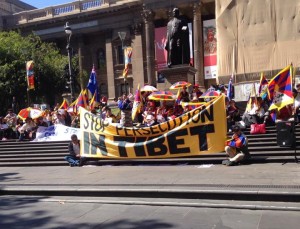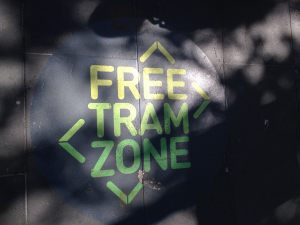The list of resources in order of appearance.
RACV Traffic – http://www.racv.com.au/wps/wcm/connect/racv/Internet/Primary/travel/before+you+go/real-time+traffic/melbourne+traffic+conditions
The Age Traffic – http://www.theage.com.au/victoria/melbourne-traffic
Downtown LA Traffic Timelapse – https://www.youtube.com/watch?v=D8bSWa71_sQ
Bangkok – https://www.youtube.com/watch?v=gwEIYdtXjxc
Winnipeg Traffic Helicopter time lapse GoPro HD – https://www.youtube.com/watch?v=yS6wZxNqOLg
Channel 7 Traffic Report – https://www.youtube.com/watch?v=Ewpx791Ft7s
Houston Traffic Report – https://www.youtube.com/watch?v=f5bgZII_xtw
Hawaii Traffic Report – https://www.youtube.com/watch?v=sZSrI9LRjWc
New Orleans Traffic Report – https://www.youtube.com/watch?v=EmGr1boN5jU
Traffic conditions in Hefei China – https://www.youtube.com/watch?v=OvCVo2A6bZ0
Traffic Sounds – https://www.youtube.com/watch?v=wo8ly89b9us
Helicopter – https://www.youtube.com/watch?v=2TMTWAwktbc
Driving around the highway GTA – https://www.youtube.com/watch?v=E_pc-O7-6nU
No cars on the freeway – https://www.youtube.com/watch?v=dF7gqy9eM3k
Free flowing traffic – https://www.youtube.com/watch?v=GNLYi0xgbTQ
Kerner Pic – http://images.iop.org/objects/jio/insights/1/3/2/kernerpic.jpg
Mycosym Simulation Video – https://www.youtube.com/watch?v=tVmtBjLD96o
Road Rage Image of man – http://www.americanconservativedailynews.com/wp-content/uploads/2015/02/road-rage.jpg
Driving the Speed Limit – https://www.youtube.com/watch?v=xX-SbTFM1xk
Synchronized Flow – https://www.youtube.com/watch?v=8ivycTcNvJQ
Traffic Jam Skopje – http://youtube.com/watch?v=_nRRDe9lqlQ
Monash Freeway – https://www.youtube.com/watch?v=qcdG8RYohgg
Bus/Cycling Lanes – https://www.youtube.com/watch?v=ePPzbZXEs_E
London City Road Tax – https://www.youtube.com/watch?v=q71MCWAEfL8
Student Edge Urban Planning – https://www.youtube.com/watch?v=8QMxaKXsHOg
Transport Melbourne – https://www.youtube.com/watch?v=dBoLlOv97oA
Honking Horn – http://a.abcnews.com/images/US/gty_road_rage_jef_130620_wblog.jpg
Tired person – http://www.wordofgodtoday.com/wp-content/uploads/2012/07/Tired.jpg
Heavy Traffic La – http://youtube.com/watch?v=yCWJmedcvQU








